
Winter cutworm
Winter cutworm – Noctua pronuba:
First report of economic damage in Michigan
Noctua pronuba caterpillars were found in large numbers in the fall of 2007 in central and northern Michigan; extension agents reported thousands of caterpillars around homes and in hay fields. The extensive defoliation of hay is one of the first confirmed reports of economic damage attributed to this insect in the U.S.
The adult of this species is known as the yellow underwing. It is native to Europe, where it is one of the most common Noctuid moths. In 1979, this species was found in Nova Scotia. Adults are strong fliers, thus it spread rapidly across the northern U.S. Moths are night-active, found commonly around lights in the later summer and fall.
Noctua pronuba caterpillars are sometimes called winter or snow cutworms. They are closely related to other cutworm species found in agricultural fields, feeding at the base of plants and sometimes moving up onto foliage. In large numbers, caterpillars move across fields and roads, similar to armyworm. However, unlike other caterpillar species winter cutworm is very cold tolerant, emerging even in the winter to feed. Thus if a large cutworm-like caterpillar is found late in the fall or during the winter, it is likely Noctua pronuba.
Damage reported in fall 2007
The host range of Noctua pronuba is wide and includes beets, cabbage, carrot, grape, grasses, lettuce, potato, strawberry, and tomato as well as numerous ornamental plants and weeds. In Michigan, feeding was reported on alfalfa and grass hay, Swiss chard, squash, and sugar beets.
Impact and Management in hay fields
The impact of caterpillar feeding in the fall likely depends on local weather conditions after defoliation. If mild temperatures continue, the alfalfa may regrow, depleting root reserves and reducing spring regrowth and yield. If temperatures turn cold and alfalfa does not regrow, there is little stubble to trap snow, increasing the chance for winter injury. Feeding is of even greater concern in new seedings than in established stands.
There are no thresholds for winter cutworm in hay fields, but we suggest following guidelines for armyworm management (4 to 6 per square foot). Check labels, because insecticide choices differ depending on if the stand is primarily alfalfa or a legume/grass mixture.
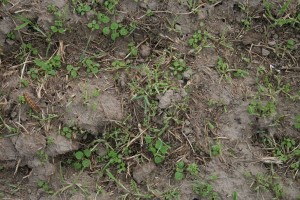
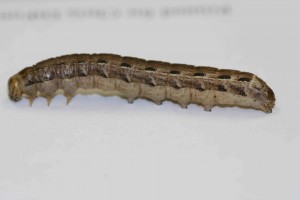
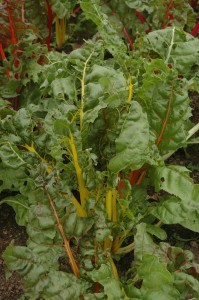
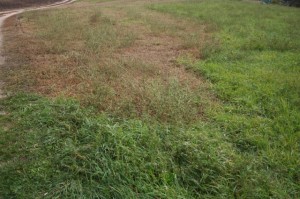
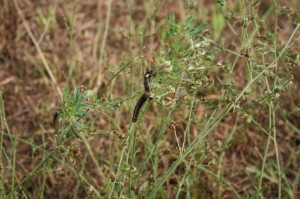
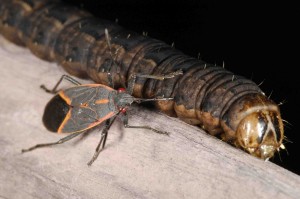
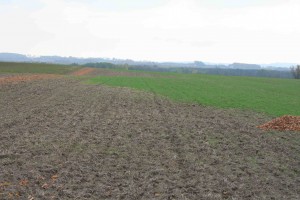



 Print
Print Email
Email




